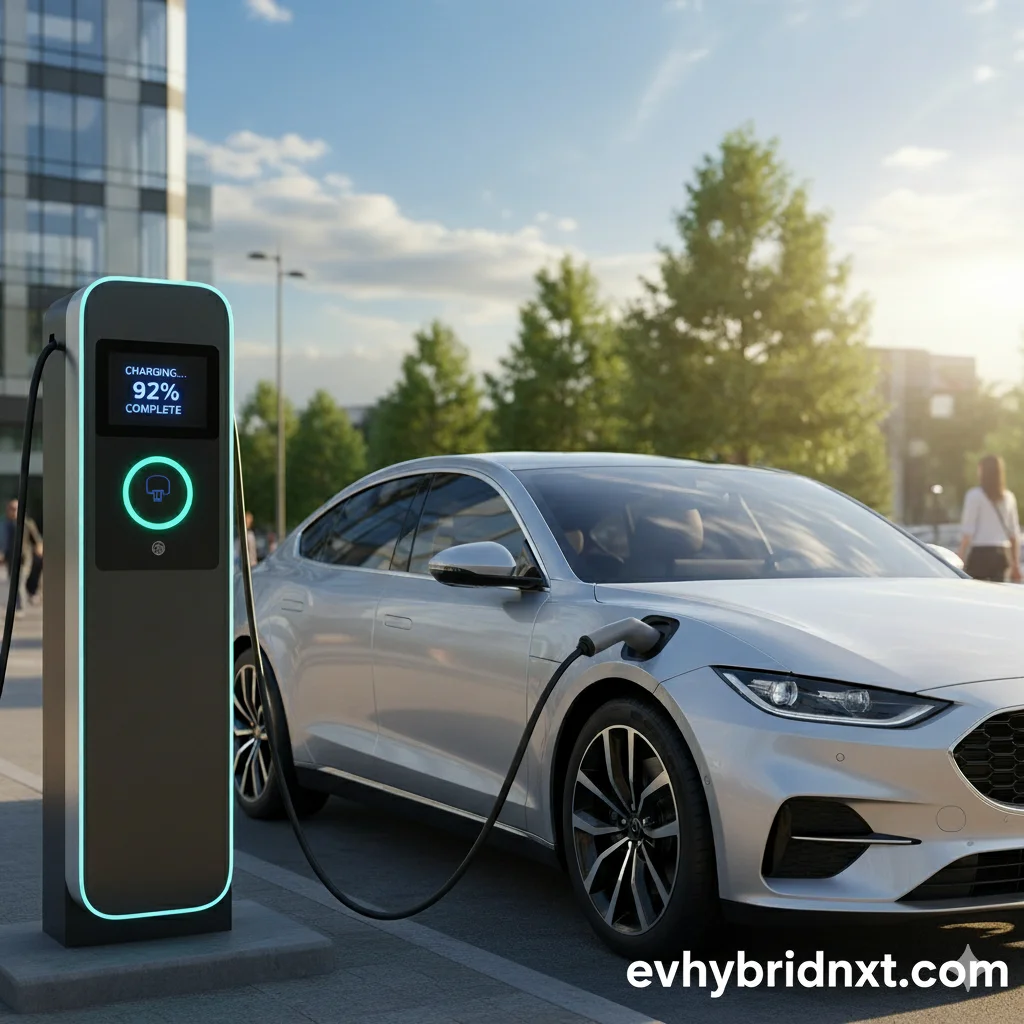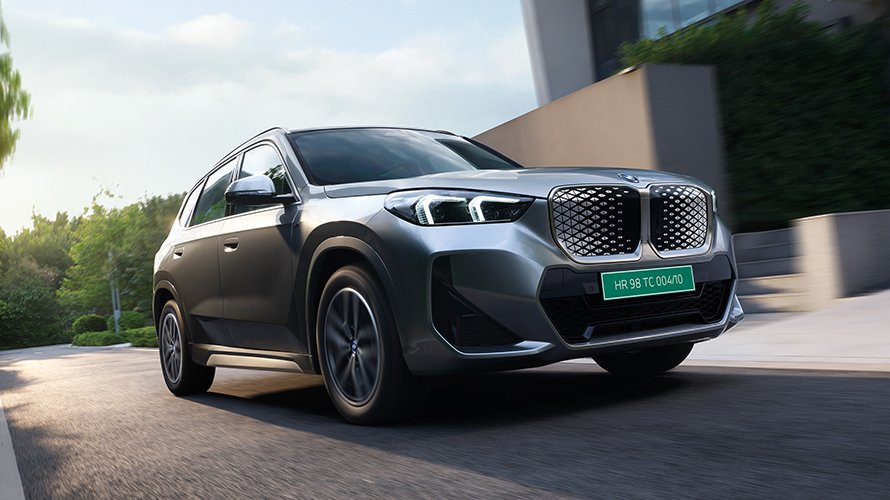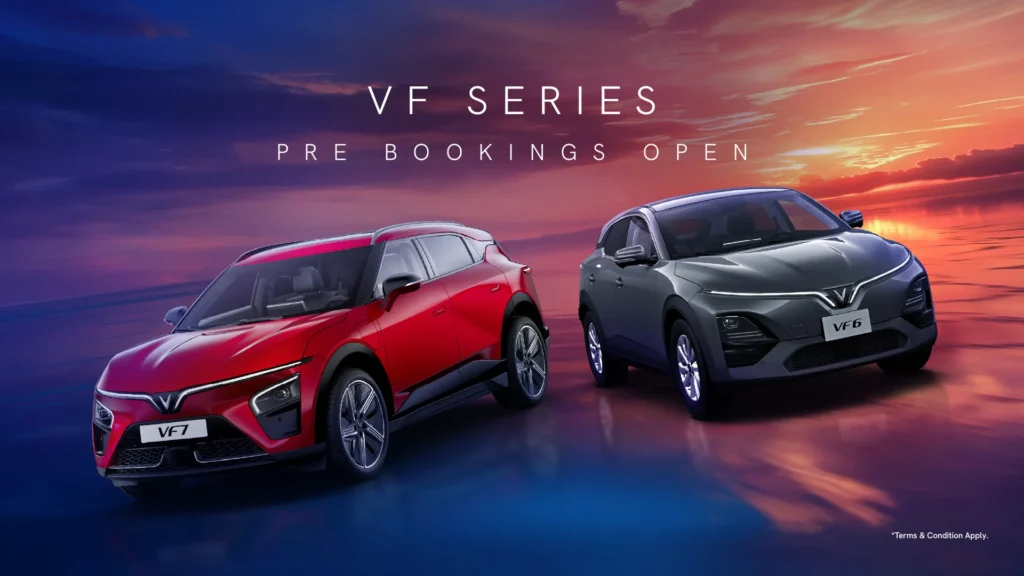In a bold proclamation that could reshape India’s automotive landscape, Union Minister for Road Transport and Highways Nitin Gadkari announced on Monday that electric vehicle (EV) prices in the country are poised to align with those of traditional petrol-powered counterparts within the next four to six months. Speaking at a FICCI event in New Delhi, the minister painted an optimistic picture of the sector’s trajectory, underscoring the government’s unwavering push toward sustainable mobility.
“Within the next 4-6 months, the cost of electric vehicles will be equivalent to the cost of petrol vehicles,” Gadkari declared, emphasizing how rapid advancements in battery technology, economies of scale, and supportive policies are driving down costs. This timeline not only signals affordability for the masses but also positions EVs as a viable alternative to fossil fuel-dependent rides, potentially accelerating adoption rates in a market where two-wheelers and three-wheelers dominate daily commutes.
Gadkari’s vision extends far beyond immediate price parity. He outlined an ambitious five-year roadmap to catapult India’s automobile industry to the global pinnacle. “Within five years, our target is to make India’s automobile industry the number 1 in the world,” he asserted, highlighting the sector’s explosive growth under his stewardship. When Gadkari assumed office as transport minister, the industry’s valuation stood at a modest Rs 14 lakh crore. Today, it has surged to Rs 22 lakh crore—a 57% leap that reflects robust manufacturing, export booms, and a pivot toward electrification.
This growth isn’t happening in a vacuum. India’s EV ecosystem has matured swiftly, buoyed by incentives like the FAME-III scheme, production-linked incentives (PLI), and a burgeoning network of charging infrastructure. From startups like Ola Electric and Ather Energy revolutionizing two-wheelers to global giants like Tata Motors and Mahindra rolling out affordable models, the stage is set for a seismic shift. Gadkari noted that electric scooters, cars, and buses are at the forefront, with projections indicating EVs could comprise 30% of new vehicle sales by 2030. Yet, challenges persist: supply chain vulnerabilities for critical minerals and the need for grid upgrades to handle surging demand.
The minister’s comments come at a pivotal moment. With global automakers like Tesla eyeing Indian shores and domestic players ramping up localization, the competitive edge is sharpening. Gadkari’s earlier initiatives—such as ethanol blending mandates and highway expansions—have already laid the groundwork, reducing logistics costs and emissions. Looking ahead, he hinted at EVs becoming even cheaper than petrol variants in two to three years, fostering a virtuous cycle of innovation and investment.
For Indian consumers, this means more choices at showrooms without the premium tag, democratizing green transport. For the economy, it’s a multiplier: jobs in battery gigafactories, ripple effects in ancillary industries, and a cleaner path to energy independence. As Gadkari put it, the automobile sector isn’t just about wheels—it’s the engine of India’s Atmanirbhar Bharat dream.With these milestones on the horizon, India’s drive toward electric dominance feels less like a distant horizon and more like an imminent reality. The road ahead? Electrified, equitable, and unequivocally world-leading.



